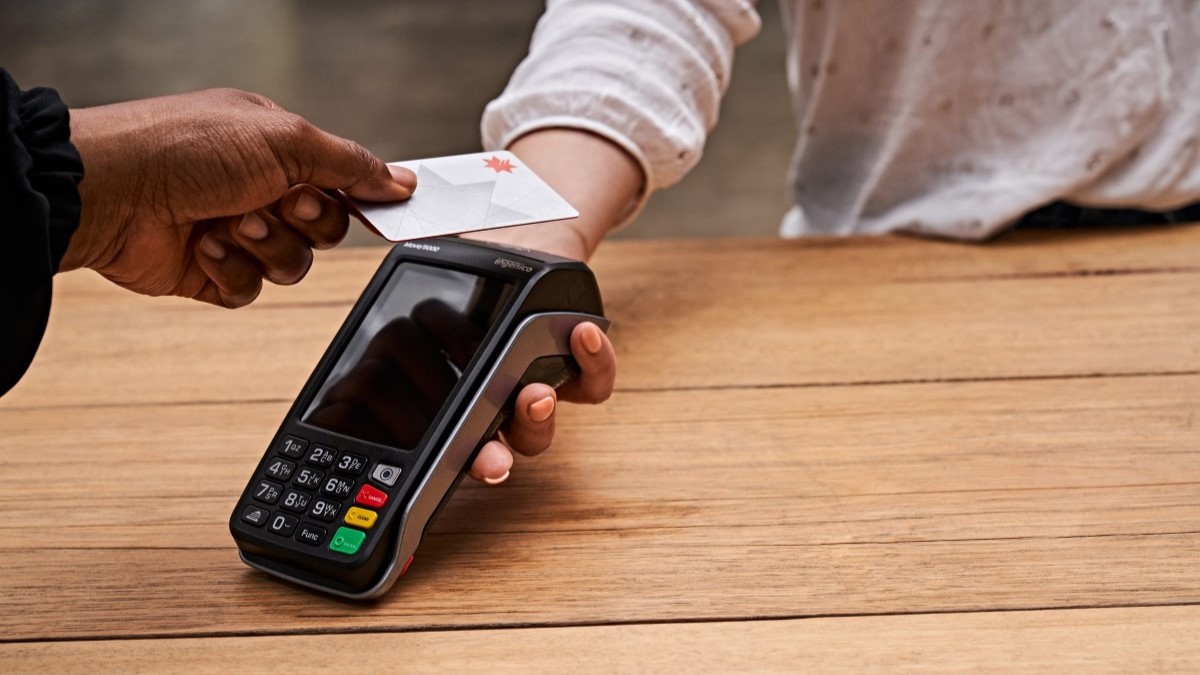The ACCC’s Scamwatch website received nearly 4,000 reports of scams relating to dating and romance last year, most of which came through social media and dating apps.
“Scammers tend to go where people are, and in the dating world that increasingly means on social media and dating apps,” ACCC Deputy Chair Delia Rickard said.
These losses were worth more than $24.5 million – a 20% increase from the year
Most of these losses were felt by women, who lost almost $20 million, while men accounted for the remaining $5 million.
People aged 45 to 64 were the most affected.
According to the ACCC, Scamwatch is seeing a 300% increase in reports of romance scammers using mobile apps like Tinder, Facebook Messenger and Viber over the past two years.
These scammers operate by building a relationship through trust – which can last several years – before concocting some story about needing money for things like:
- Illness or injury
- Business expenses
- Legal costs
- Family costs
- Travel to come see you
“Finding potential new love is exhilarating but that can make it easy to miss the red flags that point to you falling for a scammer,” Ms Rickard said.
“On apps, it can be trickier as the whole point is meeting new people. However, nearly all romance scammers will eventually reveal their intentions, which is getting your money.
“If you’ve only ever known the person online or through an app, don’t give them money. You may think you love them and want to help, but they’ll just break your heart, and deplete your bank account.”
How much does Australia lose to scams in total?
It’s not just Valentine’s day that sees scammers part hardworking Australians with their money.
Scamwatch reports that a total of $107 million was list to scams throughout 2018, based on more than 177,000 reports.
The biggest, as said before, was investment scams, causing nearly $39 million worth of losses.
Dating and romance scams were the second biggest, while false billing came in third at $5.5 million lost in 2018.
There has already been just under $5 million worth of scams reported so far in 2019, with dating & romance taking the top spot.
This is less than half of what the figure for January 2018 was however.
Here’s a snapshot of current and emerging scams targeting Australians, based on reports to Scamwatch last week: pic.twitter.com/a5Af33iwnV
— Scamwatch_gov_au (@Scamwatch_gov) January 16, 2019
For more advice on how to avoid dating and romance scams, visit Scamwatch. People can also follow @scamwatch_gov on Twitter and subscribe to Scamwatch radar alerts.
Image credit: Jamie Street on Unsplash
For feedback or queries, email will.jolly@savings.com.au



 Harrison Astbury
Harrison Astbury
 Denise Raward
Denise Raward

 William Jolly
William Jolly


